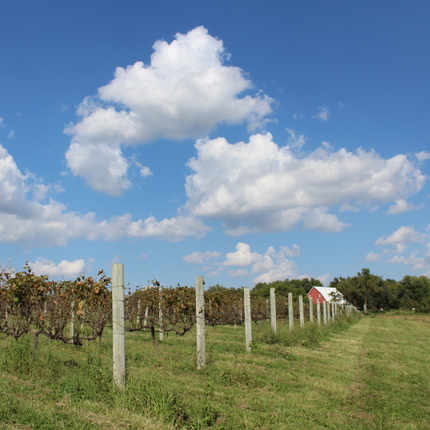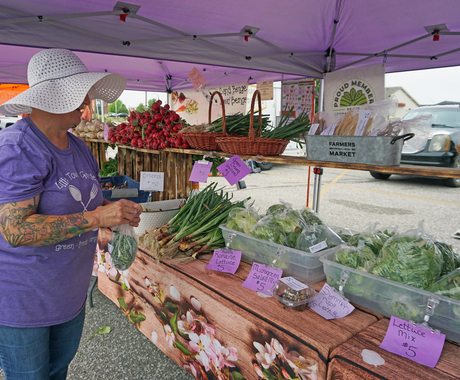I love the wind. I like to feel it rushing by, rustling leaves. I like to watch birds catch a breeze and take off. My son loves flying kites, and watching bubbles twisting around, showing us just how much our air moves. However, there is a point where it stops sounding like the ocean and starts causing damage. Living next to our corn and bean acres outside Brainard, Nebraska, the wind races across the field unbridled and rips apart my yard. It knocks tree branches down, sends items unsecured across the highway, and causes damage to property and trees.
Earlier this month, a new threat was caused by the wind. South of our farm, in Seward County, there was a huge dust storm. I can’t remember ever seeing a dust storm, or getting a warning for one. While we did not have as severe a situation as Seward, the air was still dusty, brown, and moving fast. As I looked to the south and west from our farm, I wondered if this is what my great-grandma saw as the Dust Bowl started, and, all of a sudden, that didn't seem so long ago.
The climate is shifting, and it is hard to know how to farm in that situation. There were three chances of rain that week, all more than 80 percent, and, as the storm grew closer, the chances decreased. We rushed to get all our vegetable planting done to take advantage of the rain, only to get a tenth of an inch.
Working at the Center allows me to take what I am seeing on our farm and apply it to my work. This year, we will host three sessions for making conservation plans and learning from the state climatologist. These workshops and farm tours take place in August and September, in Grand Island, York, and Millard. We are scheduling speakers on climate, adaptations for farming, programs available to help with conservation goals, and soil health diagnosing and improvement options. There will be farm tours and hands-on demonstrations.
I can’t wait to take information from this series and help people start planning their conservation goals; whether it is to bring more pollinators to their farm, improve their soil health, or to create windbreaks.
To learn more about the conservation and climate sessions, contact me at kirstinb@cfra.org or stay tuned to our social media pages and cfra.org/events. If you want to find out more about cost share programs for planting trees on their land. The U.S. Department of Agriculture Agroforestry Center has more information on windbreaks and working trees. The Natural Resources Districts’ website is a nice tool for learning about the species available for purchase through their tree program.
Feature photo: Kirstin is part of one of four generations living on Fox Run Farms outside of Brainard, Nebraska. This is the view looking east toward the barn from the west end of the property. | Photo by Rhea Landholm



